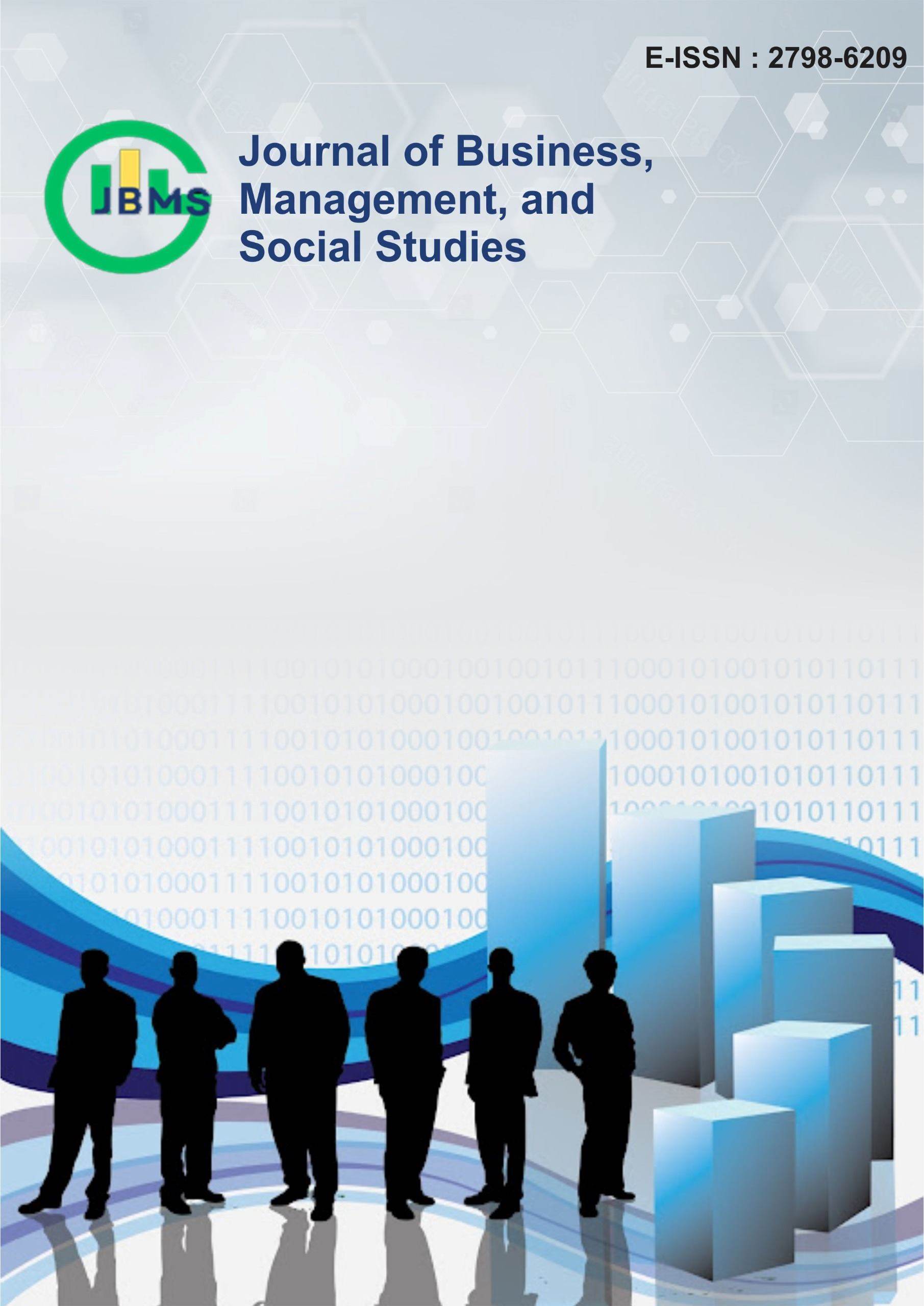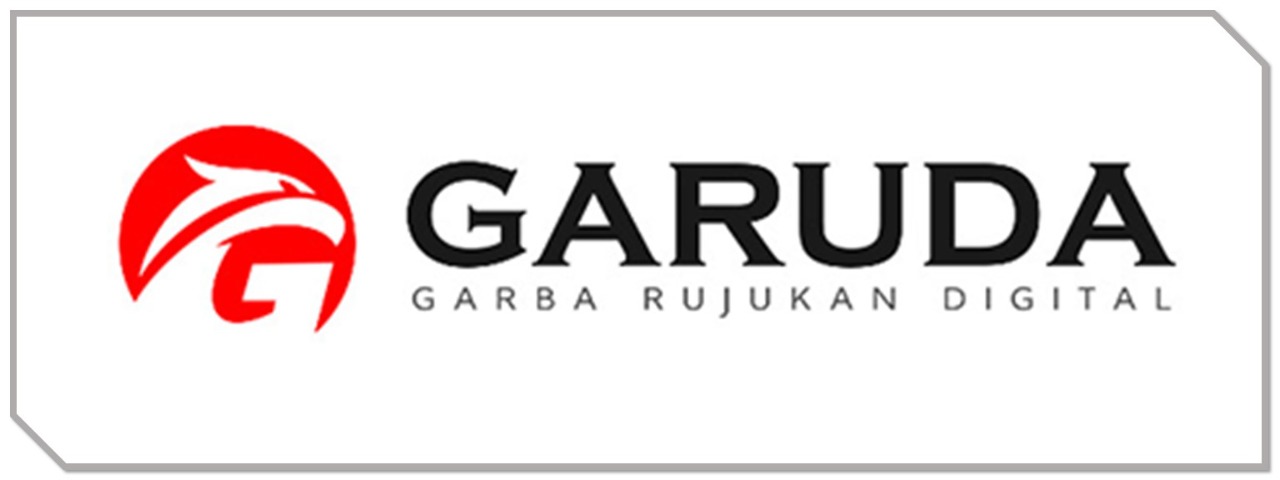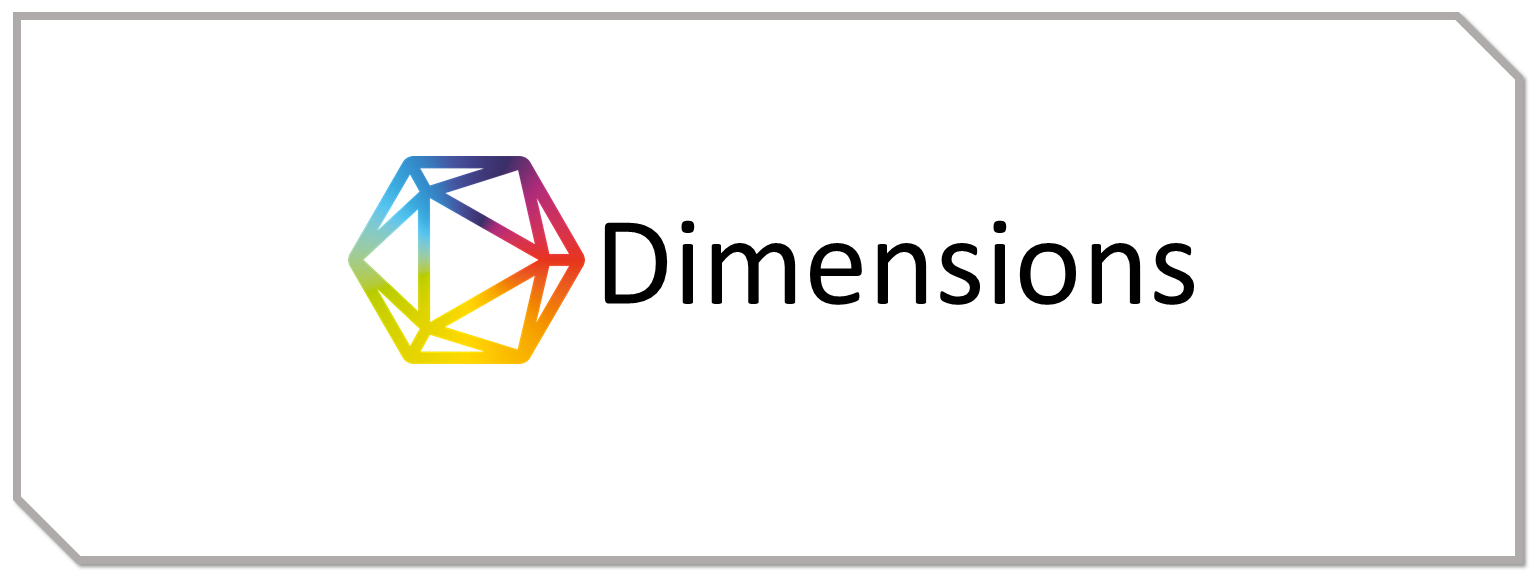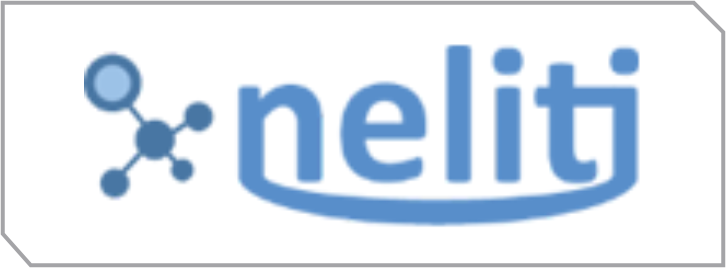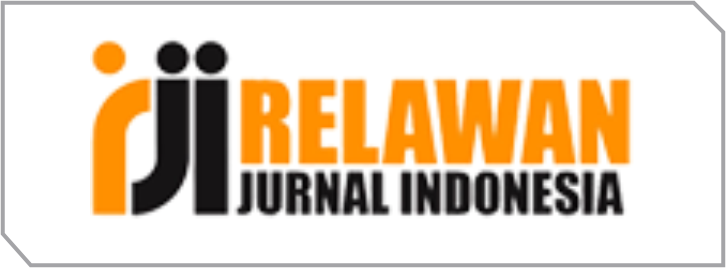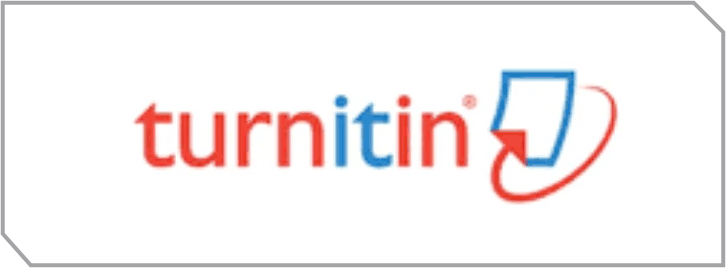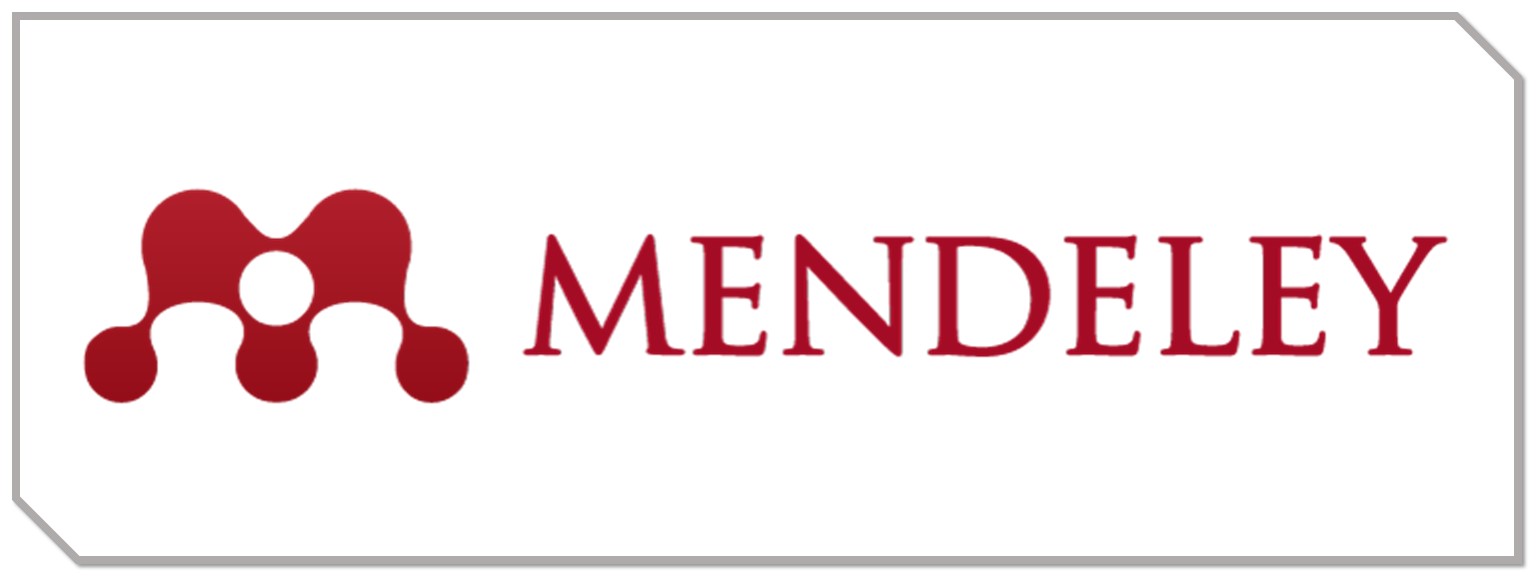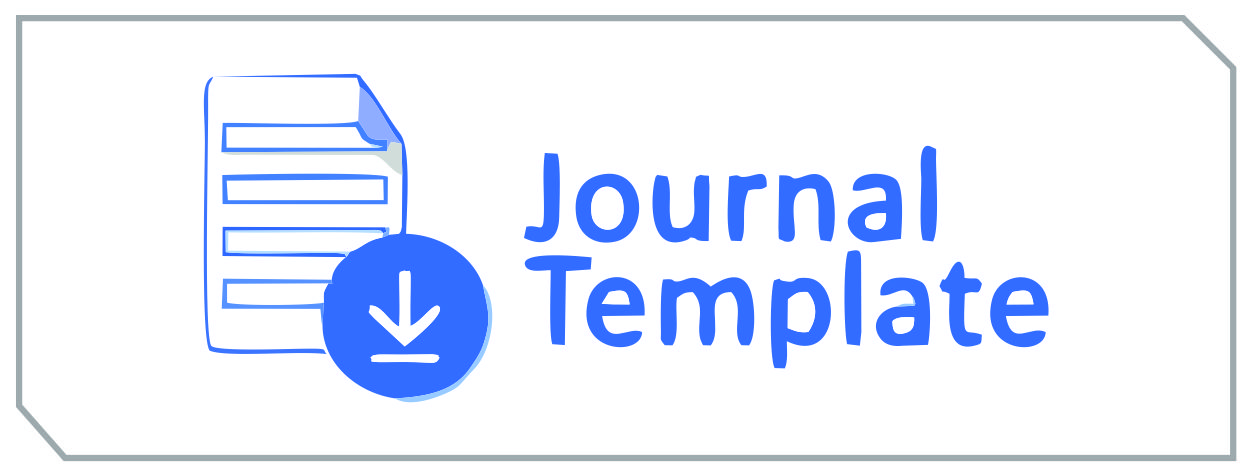Danantara and the Reform of Indonesia's Economy: A Multi-Dimensional Literature Review on Investment, SOEs, and National Development
DOI:
https://doi.org/10.53748/jbms.v4i3.105Keywords:
Danantara, sovereign wealth fund, SOEs, investment strategy, economic reform, IndonesiaAbstract
Danantara, Indonesia’s newly established sovereign wealth fund (SWF), holds transformative potential for economic reform. This article analyzes Danantara’s strategic role in optimizing investment management, enhancing the performance of State-Owned Enterprises (SOEs), and advancing Indonesia’s national development agenda. Employing a qualitative literature review of peer-reviewed sources and comparative SWF case studies (primarily Norway and Singapore), the study highlights that Danantara can reduce inefficiencies in SOE capital allocation, strengthen domestic investment capacity, and lower reliance on foreign debt. Danantara’s structure mirrors successful international SWF models while adapting to Indonesia’s legal and institutional context. However, persistent risks such as political interference and governance gaps may hinder its long-term success. This literature-based approach allows a broad yet integrative view but is limited by the absence of empirical validation or field data. Strengthening legal safeguards and aligning SOE mandates with national industrial strategy emerge as critical steps toward Danantara’s effective implementation.
Downloads
References
Amalia, P., Ikhwansyah, I., & Chandrawulan, A. A. (2018). Optimalisasi Peran Badan Usaha Milik Negara (BUMN) pada Era Masyarakat Ekonomi ASEAN (MEA). Jurnal Media Hukum, 25(2), 150–161.
Balding, C. (2012). Sovereign wealth funds: The new intersection of money and politics. New Political Economy, 17(2), 161–185.
Basri, M. C. (2016). Ekonomi Makro untuk Indonesia. Jakarta: Penerbit Buku Kompas.
Dinarjito, A. (2018). Menilai Kesehatan BUMN Konstruksi yang Terdaftar di Bursa Efek Indonesia sebagai Akibat Meningkatnya Proyek Infrastruktur Pemerintah. Substansi, 2(1), 1–18.
Halland, H., Noel, M., & Tordo, S. (2015). Managing resource revenues in developing countries: SWFs and macroeconomic policy. Resources Policy, 45, 144–152.
Kuncoro, M. (2010). Ekonomi Pembangunan: Teori, Masalah dan Kebijakan. Yogyakarta: UPP STIM YKPN.
Mahadiansar, M., Ikhsan, K., Sentanu, I. G. E. P. S., & Aspariyana, A. (2020). Paradigma Pengembangan Model Pembangunan Nasional di Indonesia. Jurnal Ilmu Administrasi: Media Pengembangan Ilmu dan Praktek Administrasi, 17(1), 1–15.
Sadli, M. (2003). Ekonomi Indonesia dalam Empat Orde. Jakarta: LP3ES.
Sugarda, P. P., Gunawan, F. I., & Dini, A. A. (2024). Sovereign Wealth Fund Development in Indonesia: Lessons Learned from Norway and Singapore. Yustisia Jurnal Hukum, 13(1), 89–116.
Sibero, R. L. T. (2024). Pembentukan Sovereign Wealth Fund Melalui Lembaga Manajemen Investasi dalam Rangka Optimalisasi Investasi Asing. Jurnal Darma Agung, 32(3), 167–176.
Sukarsa, G. P. A., & Akhmadi, H. (2024). Investasi Berkelanjutan: Peran INA (Indonesia Investment Authority) dalam Optimalisasi Kerangka ESG (Environment, Social, and Governance). Jurnal E-Bis (Ekonomi-Bisnis), 8(2), 493–506.
Sukirno, S. (2004). Makro Ekonomi Teori Pengantar Edisi Ketiga. Jakarta: PT Raja Persada Grafindo.
Situmorang, M. (2021). Reformasi BUMN dan Tantangan Tata Kelola di Indonesia. Jakarta: Lembaga Penerbit Fakultas Ekonomi UI (LPFE UI).
Siregar, H. O., & Amalia, N. (2020). Manajemen Risiko dan Efisiensi Investasi pada Perusahaan BUMN di Indonesia. Monex: Journal of Accounting Research, 9(1), 97–108.
Truman, E. M. (2009). A blueprint for sovereign wealth fund best practices. Revue d’Économie Financière, 95(1), 9–43.
Tambunan, T. T. H. (2021). Pembangunan Ekonomi di Indonesia: Teori dan Aplikasi. Jakarta: Ghalia Indonesia.
Downloads
Published
How to Cite
Issue
Section
License
Copyright (c) 2025 Journal of Business, Management, and Social Studies

This work is licensed under a Creative Commons Attribution 4.0 International License.
Authors retain copyright and grant the journal right of first publication with the work simultaneously licensed under a Creative Commons Attribution 4.0 (CC 4.0) that allows others to share the work with an acknowledgment of the work's authorship and initial publication in this journal.

